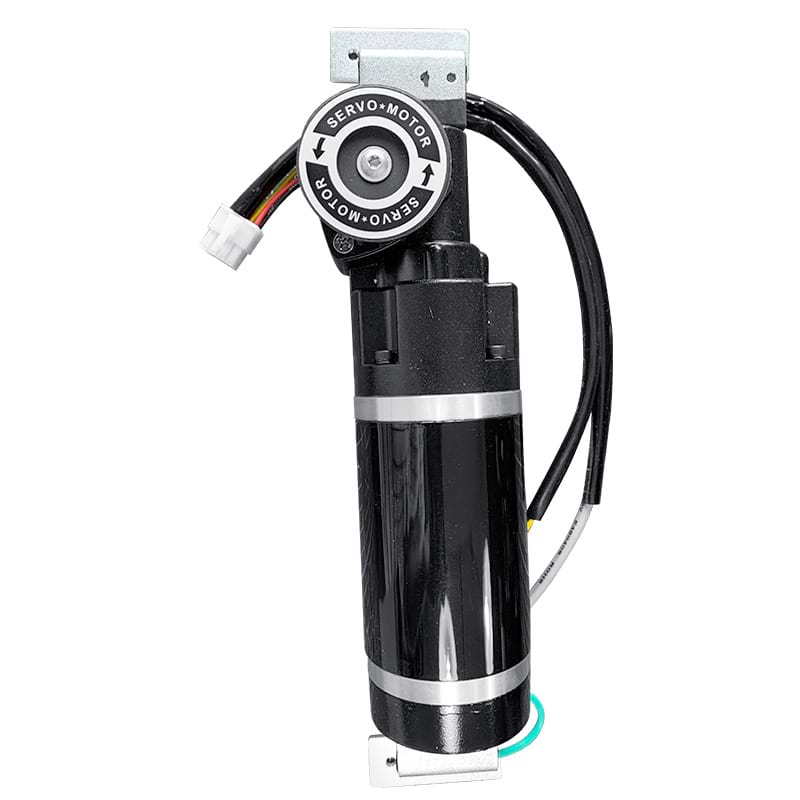How do automatic sliding door opener systems accommodate for different building environments, such as high-traffic areas or locations prone to inclement weather?
Automatic sliding door opener systems have revolutionized the way people access buildings, offering convenience, efficiency, and accessibility. These systems are designed to accommodate various building environments, including high-traffic areas and locations prone to inclement weather. This article explores how automatic sliding door opener systems adapt to different building environments, ensuring smooth operation, durability, and safety for users.

1. High-Traffic Areas:
Automatic sliding door opener systems are commonly installed in high-traffic areas such as shopping malls, airports, hospitals, and office buildings. To accommodate the constant flow of people, these systems are engineered for durability, reliability, and fast operation. Key features include:
Heavy-Duty Construction: Automatic sliding door opener systems designed for high-traffic areas are constructed with robust materials such as aluminum or stainless steel to withstand frequent use and minimize wear and tear.
High-Speed Operation: To facilitate swift entry and exit, these systems are equipped with high-speed motors and sensors that detect approaching users, allowing the doors to open quickly and close smoothly.
Advanced Sensors: Advanced motion sensors and safety sensors are integrated into the system to detect obstacles, prevent collisions, and ensure user safety in crowded environments.
Remote Monitoring and Maintenance: Many automatic sliding door opener systems for high-traffic areas feature remote monitoring capabilities, allowing building managers to track usage patterns, diagnose issues, and perform maintenance tasks efficiently.
2. Locations Prone to Inclement Weather:
Automatic sliding door opener systems must also withstand challenging weather conditions, including rain, snow, wind, and extreme temperatures. Here's how they address environmental challenges:
Weather-Sealed Design: Automatic sliding door systems intended for outdoor use or locations exposed to the elements feature weather-sealed components and gaskets to prevent water infiltration, moisture damage, and air leakage.
Wind Resistance: In windy areas, sliding door opener systems are equipped with wind-resistant features such as reinforced tracks, heavy-duty rollers, and powerful motors capable of overcoming wind pressure to ensure reliable operation.
Low-Temperature Performance: Systems designed for cold climates incorporate features like insulated glass panels, heated tracks, and specialized lubricants to maintain smooth operation in freezing temperatures and prevent ice buildup.
Smart Weather Adaptation: Some advanced automatic sliding door opener systems utilize weather sensors and predictive algorithms to adjust door operation based on prevailing weather conditions, ensuring optimal performance and energy efficiency.
Conclusion:
Automatic sliding door opener systems are versatile solutions that can be tailored to meet the specific requirements of different building environments, from bustling urban centers to harsh outdoor settings. By incorporating robust construction, advanced sensors, weather-sealed design, and smart technologies, these systems deliver reliable, efficient, and safe operation in high-traffic areas and locations prone to inclement weather. As technology continues to evolve, automatic sliding door opener systems will continue to innovate, offering enhanced performance, convenience, and adaptability for diverse building environments.







